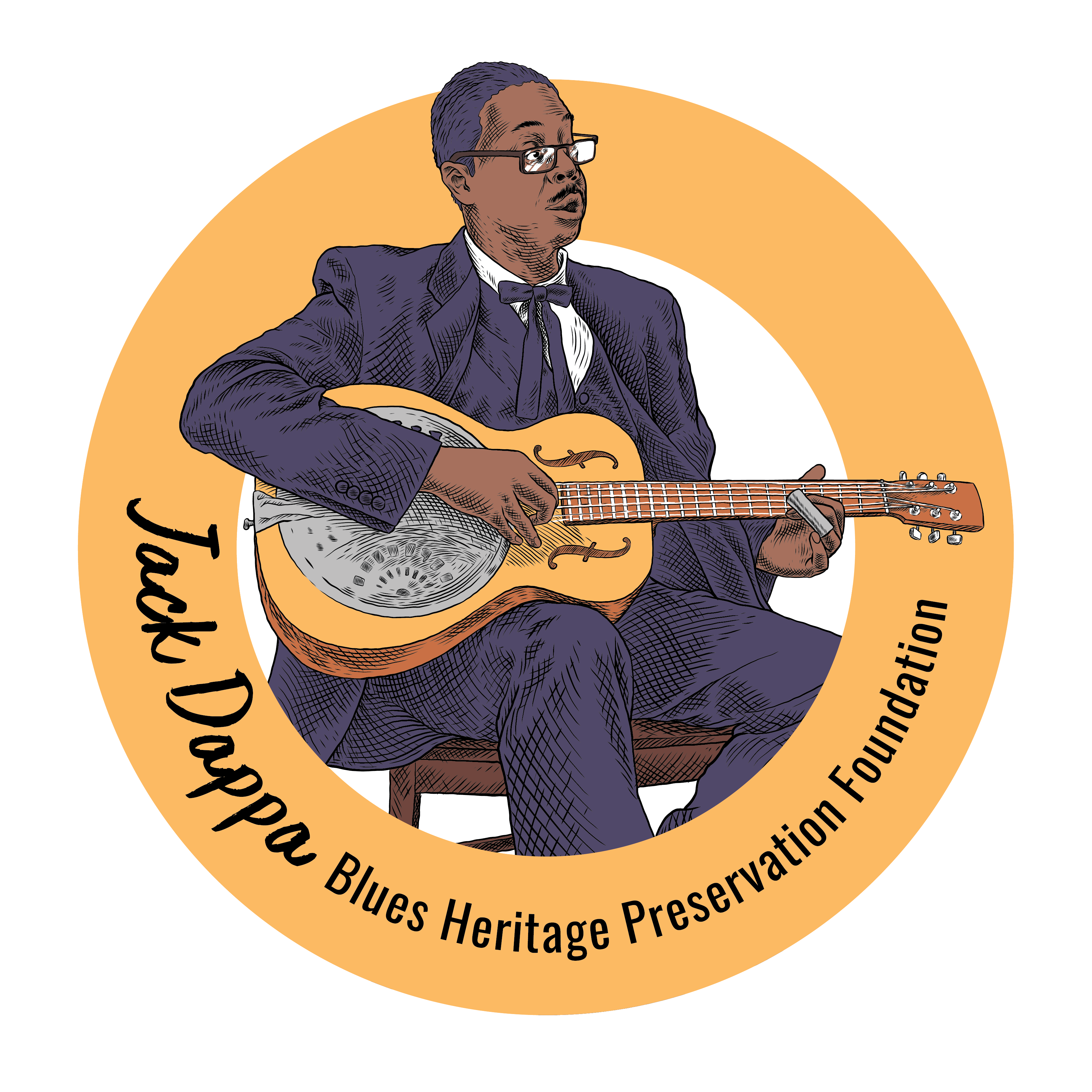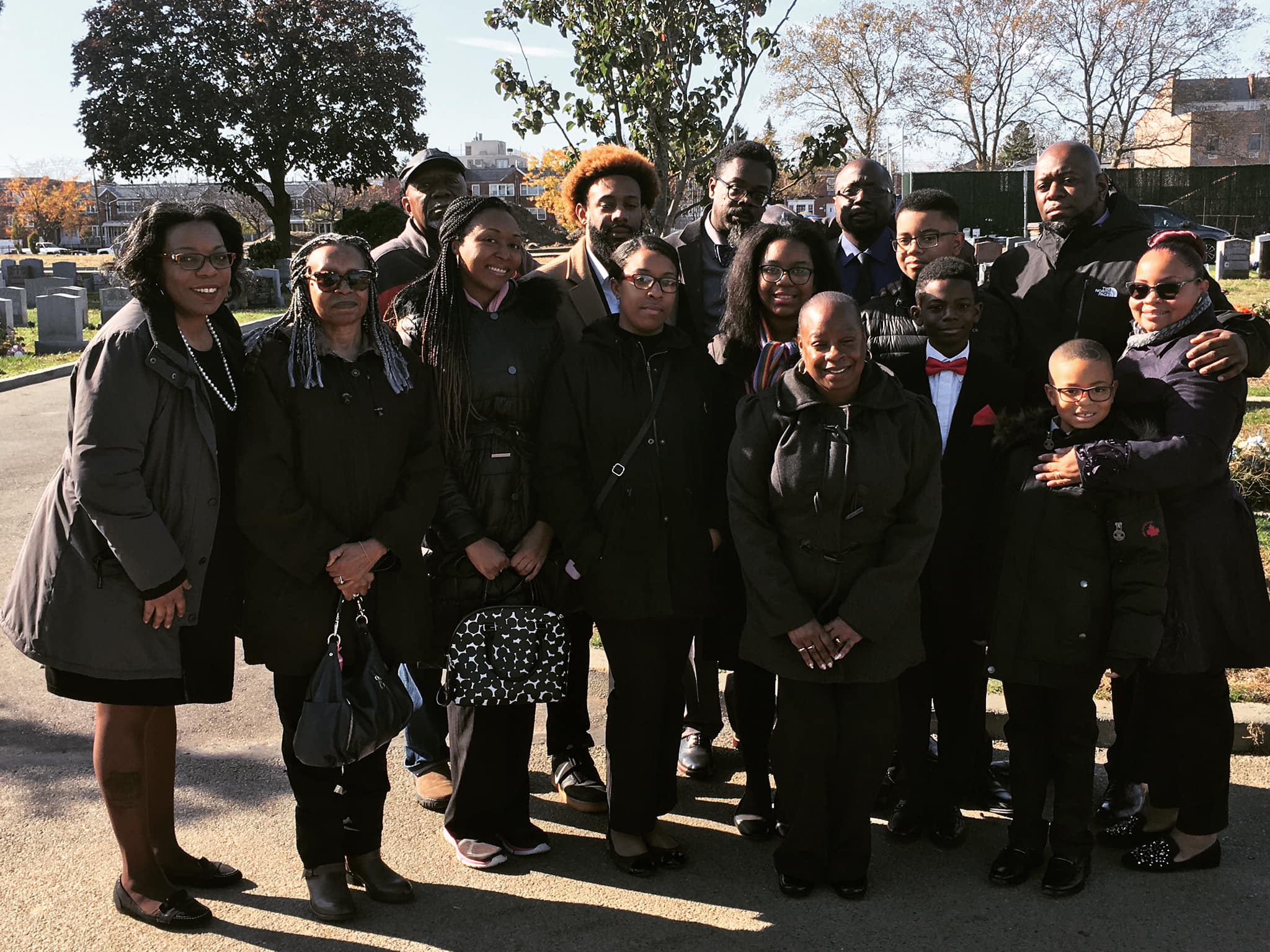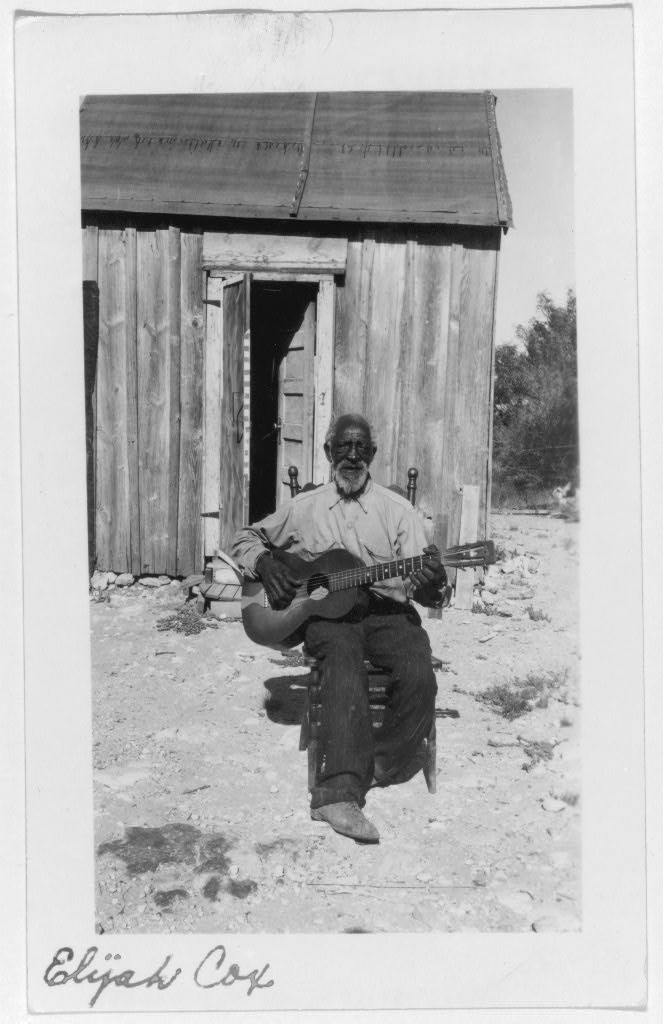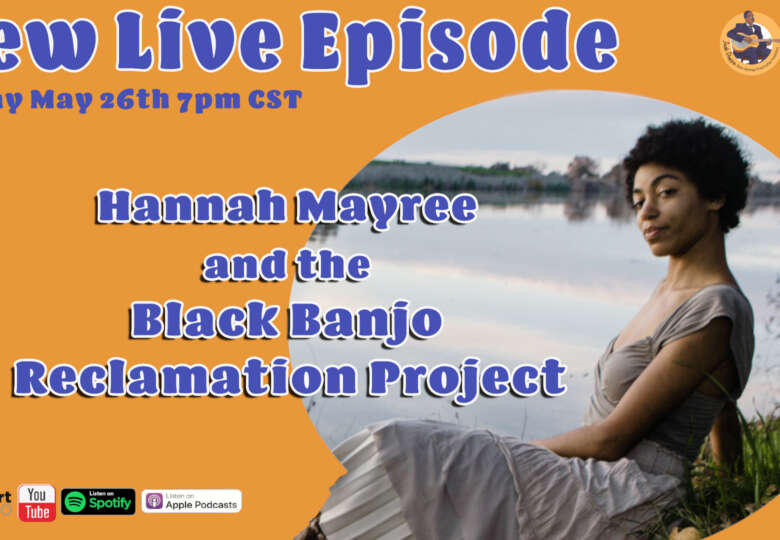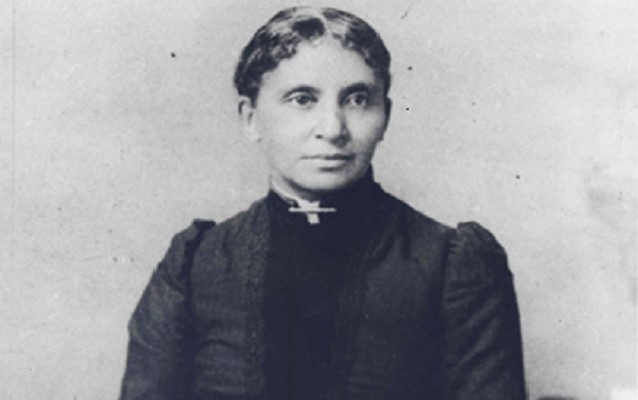by: Lamont Jack Pearley
Being a homeschooling family, we are always looking for creative ways for learning, as well as teaching. There are not enough hours in the day to do everything one would like. The kids want and need different experiences, and the parents want to make sure that their children are getting everything they were not receiving in a “traditional” school setting. Then, there are the concerns of the parents if we are qualified enough to teach our children. We cannot forget the most critical factor, family time. See, the so-called traditional school keeps kids in their building for at least 7 hours; the so-called traditional job keeps parents away from their families for at least 12 hours. This subject is a real phenomenon with a lot of fine lines to balance. Not mention a lot of other realities and responsibilities that people have to handle. So, with everything the Pearley family had on our plates while looking to make sure we give our kids excellent learning experiences, it was time to think out of the box and figure out a way to work, teach, learn, share and have family time all at once. To be clear, the dean, headteacher, and principal is Mrs. Pearley! 😉
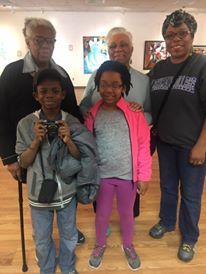
On one Saturday evening, everything seemed to make sense. With everyone in the home, from Grandma (who was extremely ill and bedridden) wife and children, the idea of this exercise came to life. It is called “African American Traditions, Family and Homeschool.” It is an exercise that allows us to learn, teach, and spend interactive family time together. Three generations sitting in the living room, and they were the lab experiments. Though, I cannot take all of the credit. Between the fun exercises, mom used to trick her son and nephew into as children to learn, as well as Mrs. Pearley finding a multitude of educational exercises for us to implement with the kids, it was evident there was a strong foundation and support unit to attempt this. Not to mention, highlighting a great passion about, African American Traditional Music and The Black Experience. Everything leads back to that from passed down oral stories to the civil rights movement to family recipes. So, when an opening presented itself that day to move on it, and the book we all agreed to read focused on a fictional narrative of a real African American family in the early years, it was clear this was that moment!
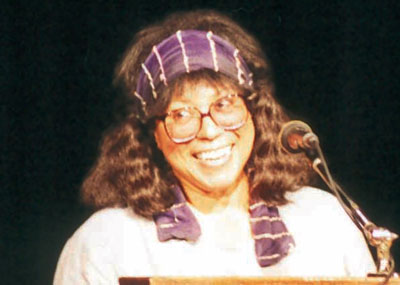
The African American Traditions, Family and Homeschool’s purpose are to promote reading comprehension, interactive family time, and the practice/tools of the folklorist, which makes reading a fun, family experience. The chosen book for this experiment was “Roll of Thunder Hear My Cry,” which is part of the book series by author Mildred D. Taylor. Mildred D. Taylor, a folklorist in her own right, is a Mississippi writer and author born in Jackson, Mississippi, on September 13th, 1943. This book was chosen, which was recommended by mom (a childhood education specialist and former UFT Chapter leader) who believed and practiced African American education through African American literature. Mildred D. Taylors book series that includes “Roll of Thunder Hear My Cry” reflects my family and my family’s trajectory through the Great Migration and landing in NYC practicing those same traditions. There is no need to follow this game plan word for word or step for step. Think of this as an inciting incident to inspire strategies to incorporate into books read with children that connect to and reflect family history and lineage. Furthermore, as they are engaged, it makes for a perfect time to share history and family traditions that would encourage the younger generations to know more about and celebrate what is passed down.
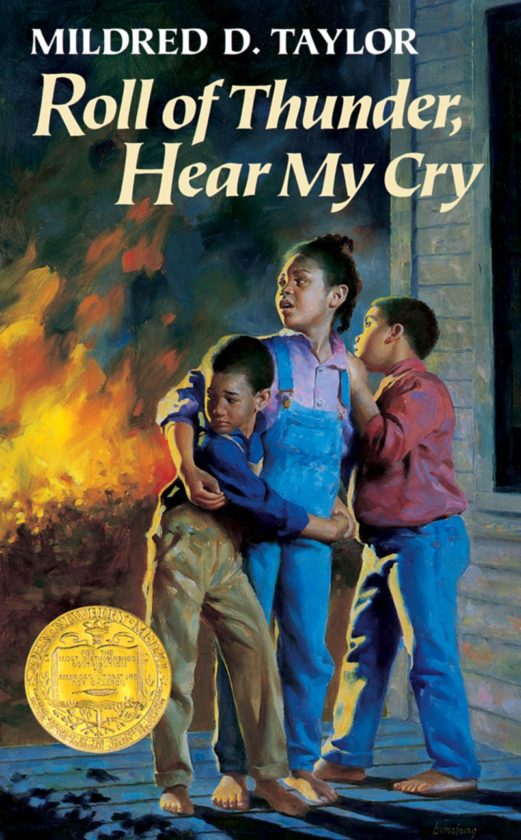
As an Applied Folklorist and African American Traditional Music practitioner/historian, It is imperative to learn, share, and experience the folklore and traditions of one’s family. What better way to study, document, and share than starting at home with loved ones on a project that would culminate in a child having a better grasp on reading, language arts, who they are and from where they came. It is also an excellent opportunity to record and document this family discussion. There are many ways to approach this. Record the entire sitting, whether audio or video, only record the questions and the sharing of stories that reflect the book, or write a journal. Just remember to have planned out the media management if this will get recorded, whether only audio or both audio and video.
Below is an excerpt of moments in the book that resonated with The Pearley and McNeil family. We discussed them during and after our reading.
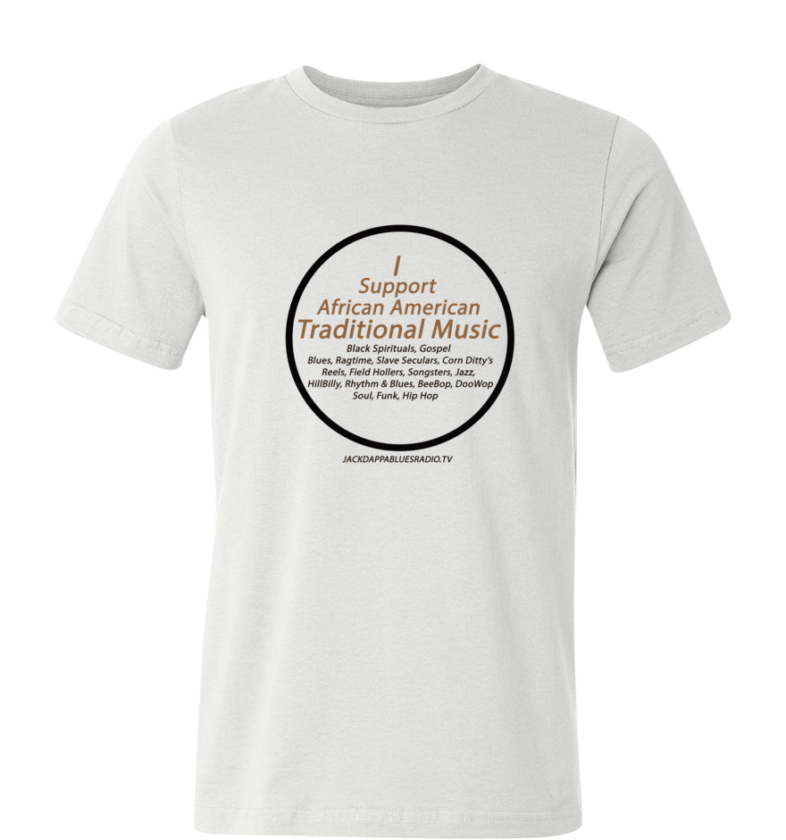
https://godsfamily1st.myshopify.com/products/isaatm-1
The points in the book shared below allowed the family to identify with the characters and their experiences as African Americans in the Jim Crow south. It leads to more in-depth discussions of the characters’ wants and needs, which motives the children to want to understand the ins and outs of storytelling and reading comprehension. It builds vocabulary, reading comprehension, and a better understanding of how history, societal shifts, traditions, folklore, culture, and education coexist. As well as how these structures directly affect participants’ families. This concept may seem complicated, but comparing and reflecting on the characters juxtaposed to the children’s family gives a clear understanding of the children, and they thoroughly enjoy the exchange. Beginning by writing quotes from the book, the example below creates a starting point as the reading and discussion unfold. As we read, we all made sure we identified the characters and their names. While reading and discussing each moment of the book, we shared individual stories that related to the story and characters. The children had opportunities to ask their Grandma questions about family and family history that was inspired by happenings in the book, which triggered memories and stories from mom (grandma) that also coincides with the book. One main objective is to practice reading comprehension while identifying the generational history of one’s family, where the characters and their exploits inspire the memories. Another goal is to show that an African American child will engage more with stories that reflect them and their family history. We believe that reading and family time are equally essential, what better way to learn and learn about who and where one comes from than reading a book as a family that mirrors the family tree.
Book Quote List:
- The Logan Family (grandpa) bought land that was part of the Granger Plantation in 1887 when it was for sale (Sharecropping) p6
- Asked him once why he had to go away, why the land was so important. He took….p7
- Of Course, we knew that Big Ma had gone to a sick house last night. She was good at medicines, and people often called her instead of a doctor when they were sick. p9
- We were nearing the second crossroads, where deep gullies lined both sides of the road…..p12
- Jeremy Kicked the dust briskly and looked toward the north……p14
- Jefferson Davis County School, (The White School) With the Mississippi Flag smack in the middle….p15
- The Great Faith Elementary and Secondary School, one of the largest black schools in the county, (last part of pg 15) Majority of pg 16
- Never owning a book, our protagonist was very excited to receive her first book in class. The only thing she was excited about when it came to school. Yet, her and her brother were in for a big surprise. pg 21-27
- Our protagonists (Cassie) teacher went to speak to Casie’s mother(who also was a teacher) their dynamic and stance about the thought of hand me down books and the response of the students…p28-31
Using the above quotes and moments in the book presents opportunities where there is an opportunity to introduce concepts such as Sharecropping, Home Remedies, Regions, African American Vernaculars, ethical ole family values, along with other topics that may be important, but not relevant to what kids are receiving today. Whatever book chosen to practice this exercise, make sure it connects with the family. That way, the discussion and comprehension flow smoothly. If there is no passion for a particular story, that is not a book to use. We must keep the children engaged.
Moving forward with this exercise, and the children can comprehend what’ they are reading, they will be excited to share stories that relate to the characters’ activities. Their excitement comes from many things. Two quick examples are 1-identifying the fact that they understand what they are reading, and not just being able to pronounce words, and 2 – they identify themselves and their family in the story, which heightens their willingness to participate. As the children begin recognizing that they are engaging in the exercise, it gives them a considerable boost in confidence for public speaking and answering questions in public settings; i.e., classroom, church, organizations, community programs.
The family filled exercise also can, and this is a favorite, introduce the tools of the folklorists and ethnographer. During the discussion, the children begin to ask parents, grandparents, and whoever participating, questions of their early experiences. Children being inquisitive by nature makes this part of the exercise that much more fun and a smooth transition to teaching them how to interview using audio/video recording methods to document previous traditions — always looking for a teachable moment? Well, this is the perfect opportunity to incorporate the importance of such documentation, why it’s important to them, and how they can use it in a media production-ready society. A lot of this may seem like projects for young adults, but never underestimate children’s eagerness to attack new concepts. Not to mention, they probably know how to utilize these media tools quicker and better than us ;).
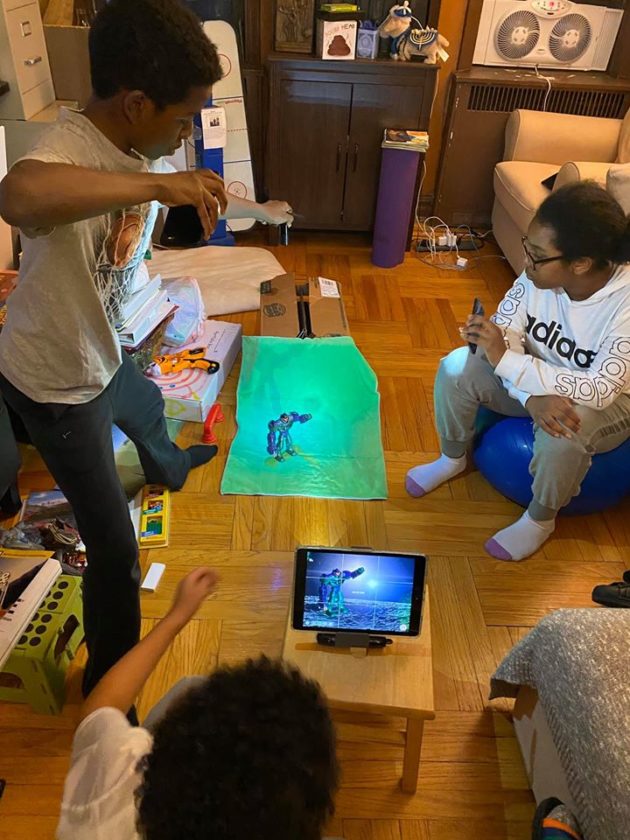
For us, this exercise spearheaded the African American Folklorist kids section of our platform, which will be launching with the launch of the African American Folklorist Newspaper. Our children that took part in this exercise are 11-12. We started when they were 10 and 11. The next step was introducing basic researching techniques and cross-referencing as tools of the folklorists and the ethnographer. Since they are paying attention, why not. We will continue teaching our children how to document and why it’s essential. Their projects will be edited and archived on our website. If there is any interest in using this exercise, documenting any family history, community folklorist, and the like and would like a platform, do not hesitate to reach out! Another thing, if you want information, suggestions or any of the like, again, reach out!
The African American Folklorist Newspaper is Launching February 5th, 2020. Remember to subscribe to the print copy, digital copy or both.
